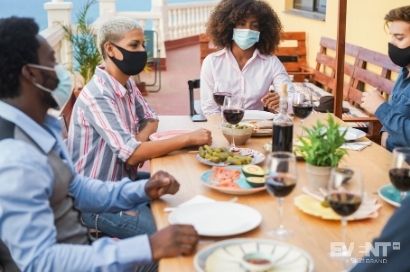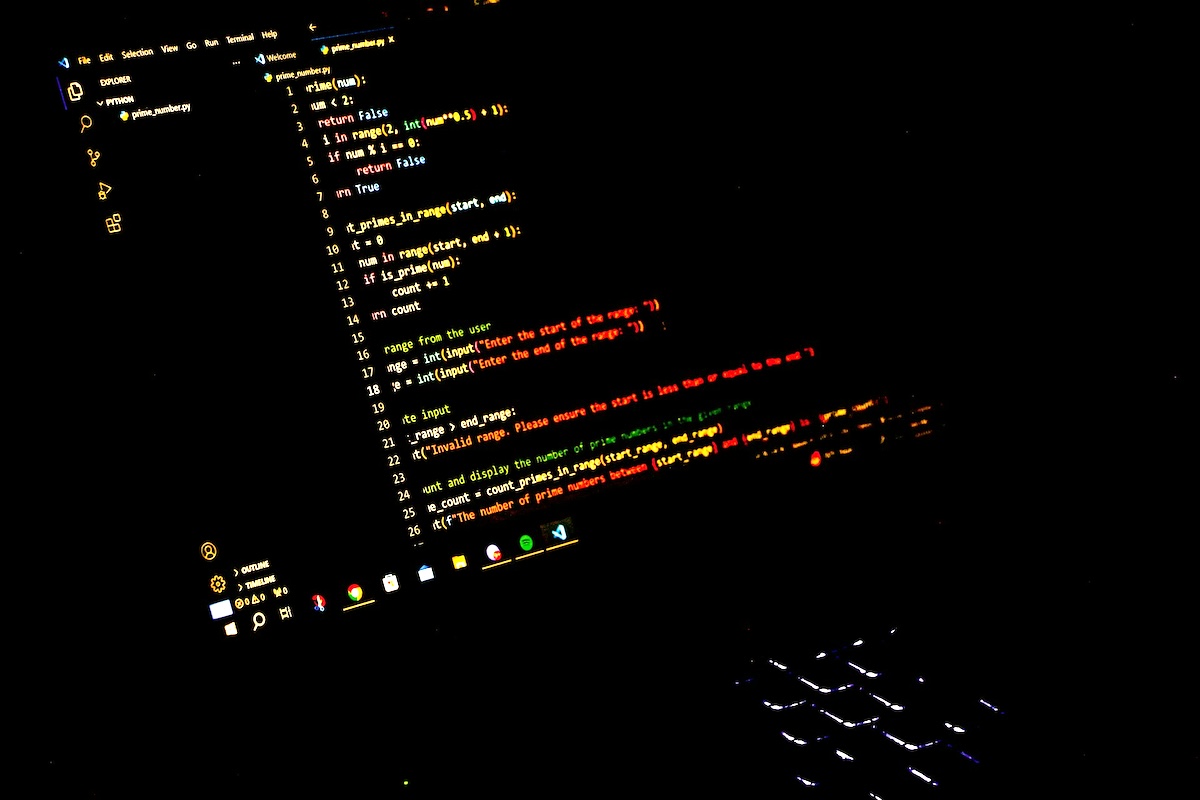Skift Take
A recent study out of Germany demonstrated that dedicated, physically distanced seating during food and beverage consumption is an effective way to limit the spread of Covid at events. Why are people still hobnobbing on their feet with their wine in hand?
The event industry has almost entirely ground to a halt due to the inherent risk of transmitting the coronavirus in mass gatherings, and while a sharp increase in cases across the U.S. and Europe has many pausing their event comebacks, some events have been given the go-ahead to continue.
In response to the urgent need for data-driven guidance on how to do that without risking the health and safety of everyone involved, a study produced by the German University Medical Center Halle (Saale) sought to define the primary vectors of transmission at events, focussing specifically on exposure through proximity to others and through aerosols. Armed with the data, the authors suggested a path to minimal risk.
Whether event planners and attendees are prepared to follow it remains to be seen, but the pressure is on for the next live events to prove that it can be done. These events are the litmus test, and the world is watching.
But the push to minimize instances of face-to-face contact seems counterintuitively at odds with the appeal/objective of an in-person event. The industry should brace itself for networking and F&B to become huge challenges for in-person events in the months to come.
The Path to Covid-Safe Events
The study demonstrated through a live 1,700-person event experiment combined with computer modelling that, in order to minimize the risk of Covid transmission, event planners have to enforce mask wearing, establish physical distancing, ventilate the space, and expedite processes in high-density places like entrances, washrooms, and food service areas where risk of exposure through direct proximity is highest.
This last point is crucial because the recommended model hinges on minimizing the number and duration of contacts that any given attendee makes over the course of the event.
Want to Mingle? Take a Seat
In fact, the test scenario with the least risk of transmission involved giving everyone assigned seats in designated pairs, even when eating and drinking. The logic is that attendees in a comfortable, dedicated position are less likely to move around in general — especially when everyone else is doing the same — thereby minimizing unplanned encounters with other people in transit.
Reducing contact exposure becomes especially important when eating and drinking since attendees have to remove their masks.
The trouble is that, while the German study recommends dedicated seating and people like Blueprint Studios Director of Sales Lenny Telarico reimagine F&B to involve contactless, pre-packaged box meals set out on physically distanced tables, some events are still choosing to go with a standing buffet-style networking session.
Standing presents a major problem that sitting solves: People who are bread-breaking or networking naturally tend to gravitate towards each other. Relying on their inclination to wear their masks and ability to eyeball six feet while you serve them wine is a hopelessly fallible strategy.
Another benefit of designating seating is that it can be established strategically to avoid areas where aerosolized virus might collect. The German study examined the ventilation in a computer model of their venue and discovered that there were several areas where columns of air tended to collect and stagnate, trapping and concentrating aerosolized virus. Now imagine a guest who has left her sweater in her hotel room and has finally found a place to stand where she doesn’t feel a draft.
It May Not Be Worth It
How effective is networking going to be if you have to wear a mask and remain five or six feet apart? Well, that depends on how you go about it. If you take a small group of people that you have qualified such that contacts between them are likely to be valuable and productive, then a carefully planned networking engagement could be worthwhile for the participants.
But it falls on planners to be creative when providing those opportunities and do the legwork to make them fruitful. The fact remains that even planners and event-goers with the best intentions struggle to account for all the variables — and they can hardly be blamed. Relatively little is known about the virus to begin with, and the situation is evolving constantly.
The only sensible approach when assuming responsibility for others’ health and safety in a context of uncertainty is one of maximum caution, and for many events, the familiar formats for riskier components like networking and F&B might not be worth it.






